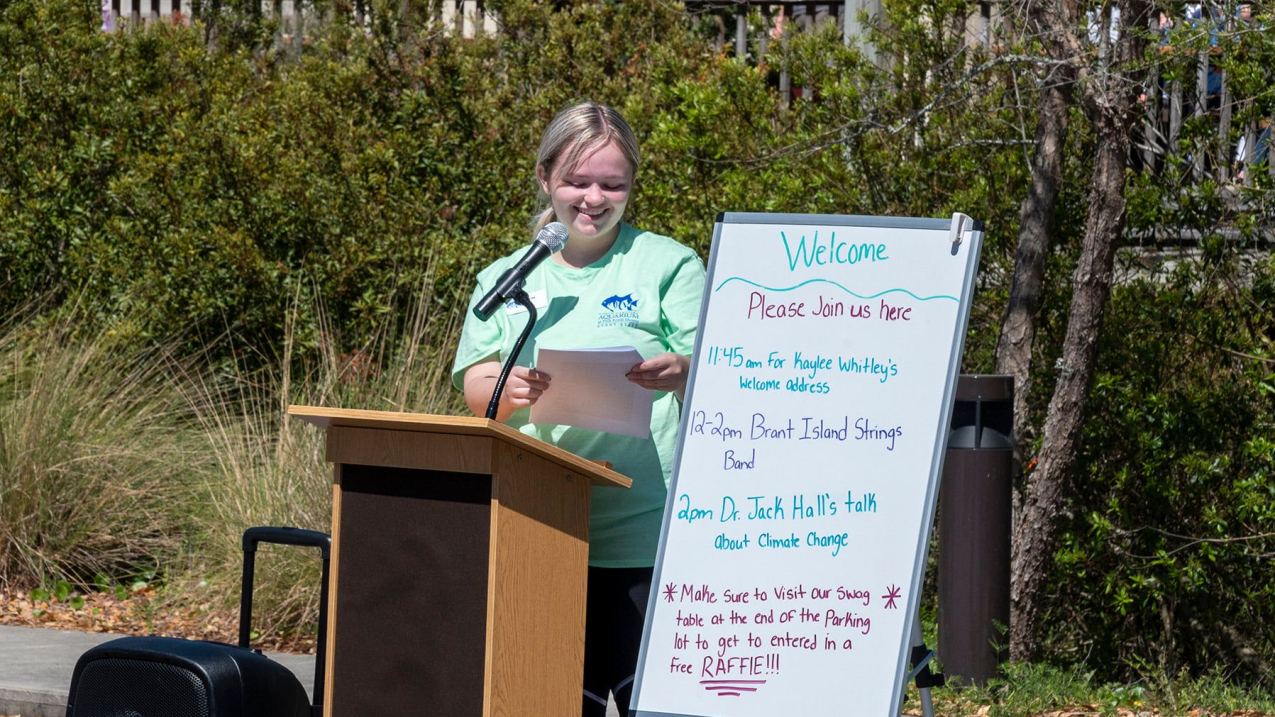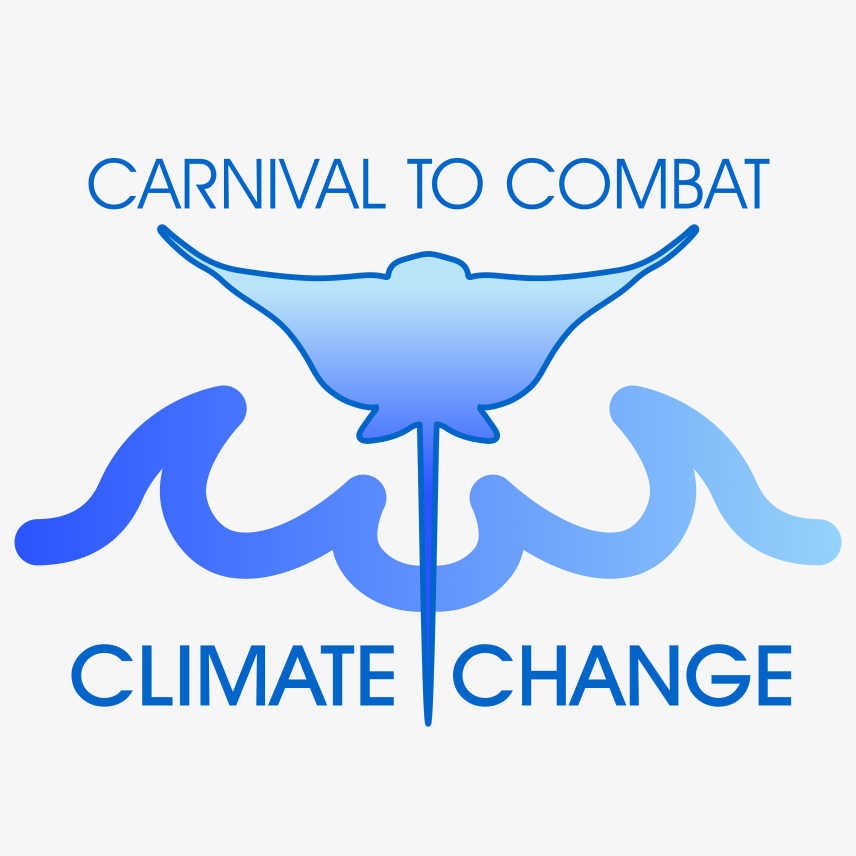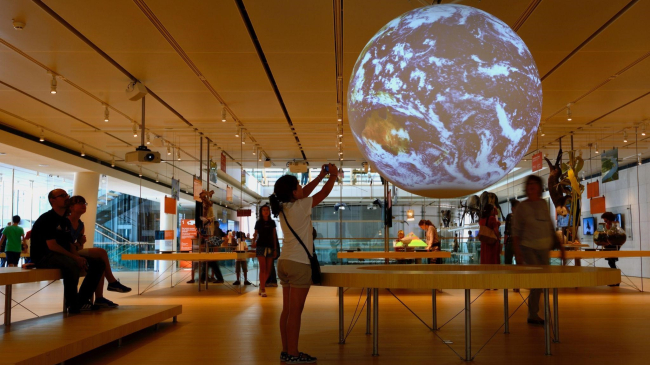Situated on the Crystal Coast, North Carolina Aquarium at Pine Knoll Shores offsite link connects residents to aquatic animals near and far through interactive programs and exhibits. This institution is one of 25 aquariums and marine science education centers across North America that make up the Coastal Ecosystem Learning Centers (CELC) network. Together this network engages the public in protecting coast and marine ecosystems and work on shared priorities, such as youth engagement.

Kaylee W., a teen volunteer from North Carolina Aquarium at Pine Knoll Shores, delivers welcoming remarks at their event, 'Carnival to Combat Climate Change.' (Image credit: North Carolina Aquarium at Pine Knoll Shores)
The network worked with a team of high school aquarium volunteers to plan the 2021 CELC Virtual Youth Summit, which brought together more than 60 aquarium high school volunteers from the CELC network to hear from speakers on how to make a difference for the ocean through art, writing, advocacy, and more.
A group of teens from North Carolina Aquarium at Pine Knoll Shores attended the summit and received funding from NOAA and the North American Association for Environmental Education offsite link to take what they learned to design and lead an action project in their local community. The team implemented an event to raise awareness on environmental issues. We asked the teens to reflect on their project and what they learned through their experiences. Read what they shared below!
Tell us the story of your project!
We did a carnival event based on climate change because we wanted to talk about it in a fun and inviting way. It was also one of our favorite topics and we’re passionate about educating people on it. We involved our aquarium staff, volunteers, teen programs, and surrounding environmental organizations to make this event possible. Each organizational booth had a conservation or climate change activity to educate everyone on how to combat climate change.

What went well in the project, and what did not go according to plan?
The event went great and the teamwork with the entire education and Aquarium staff went well. The division director and deputy secretary also came to the event and were very impressed by the carnival.
In the middle of the planning process, we had a few teens working on this project who unfortunately had to step down so we had to figure out a way to divide the project up. We worked harder together and met more often to help each other out with each part of the project. It was nice that everyone pitched in to help. Another thing that was unexpected was even though the event ended at 4 pm local time, we had some booths leave before that time. In the future, we hope to have a signed commitment from organizations stating that they won’t leave earlier than the posted time and add more vendors and activities to expand the carnival. We would also sell our event shirts as they were very popular and everyone asked us where we got them.
What impact did your project have?
We had about 1,200 people attend the ‘Carnival to Combat Climate Change’. There was even a class from a local school that came for extra credit. They had a scavenger hunt activity where they had to visit each booth to learn three things. We had a mixture of young people, adults, families, teens, and even some older generations come to the event.
A community benefit to this project was that we were able to collaborate with so many different environmental organizations and our team members were able to get their name out there with their communities. For example, we were able to support one of our vendor’s community events later during the year through the connection we made during the carnival.
How did the project impact you?
We learned project planning skills and became more aware of all of the environmental organizations that exist in our state. Our team also improved our professional writing skills. One of our team members stated that their confidence grew acting as the representative for this event. She was able to go around to all of the booths and introduce herself as well as thank them for coming. She also stated that she was able to find her voice by giving opening remarks at the event. We hope to improve this project and do it again because we have grown confident in knowing that we can do something like this.



